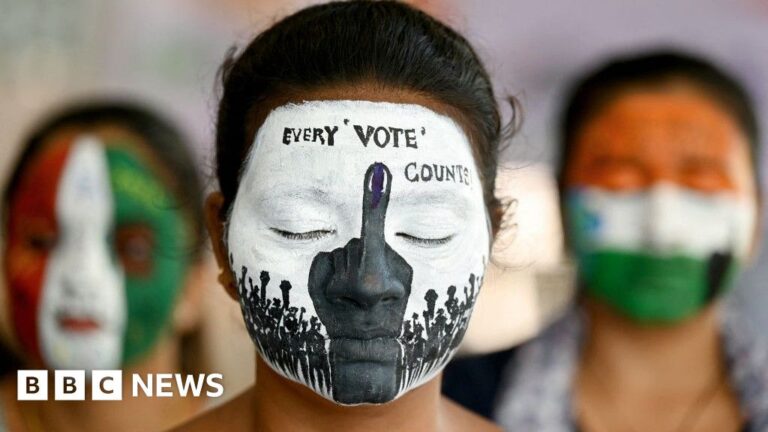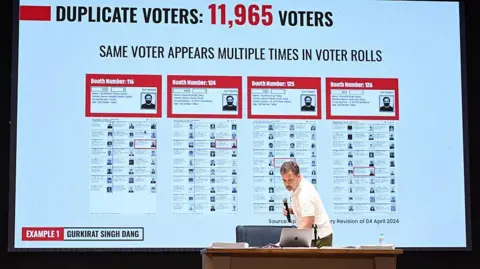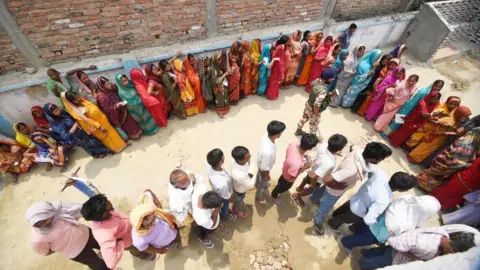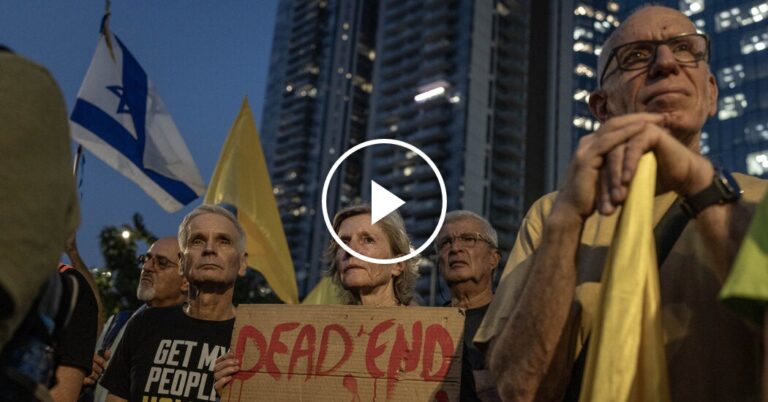Alphabet’s self-driving unit Waymo has partnered with Spotify to embed the music streaming service directly into its robotaxis.
The integration went live in Phoenix, San Francisco, and Los Angeles, allowing passengers to access their personal Spotify libraries through the vehicle’s touchscreen display or by connecting via the Waymo mobile app.
Waymo riders can set up the connection by either linking their account before booking through the Waymo app, or scanning a QR code from the car’s screen during transit. Once connected, Waymo will remember users’ account for future trips until they choose to disconnect it, Waymo explained.
According to Google’s support page: “At the end of your trip, your music will automatically stop playing, and the next rider won’t be able to use your account.”
Waymo explained that by default, only the person who hailed the ride can select songs. However, a Premium user can start a “Jam” session, allowing other Spotify users to join and add songs to a shared queue. Passengers must use current versions of the Waymo app to access the Spotify integration.
The system includes audio customization features, with an equalizer allowing passengers to adjust the balance and fade, subwoofer, bass, and treble of the car’s speakers. Riders can choose tracks either on the in-car screens, Waymo app, or Spotify app.
To promote the launch, Waymo and Spotify tapped rapper Saweetie, who recently collaborated with K-pop group Twice on a new single called superstars.
The Spotify integration marks the latest for Waymo after partnering with iHeartRadio in 2023. This integration allowed riders to choose from a selection of curated iHeartRadio stations and podcasts.
For Spotify, the Waymo integration comes nine years after the streaming giant teamed up with Uber, allowing riders to play their on-demand library ad free. Spotify also partnered with Google Maps in 2018, with Waze in 2022, and with car manufacturers including Ford, Volvo, and Tesla.
Beyond the automotive sector, Spotify also integrated with other brands like Samsung, Peloton and Starbucks.
The company has built these partnerships to further expand its reach and grow its user base, and to make it a part of people’s daily lives. Spotify has previously teamed up with Sony to launch on the PlayStation network, allowing users to listen to songs on Spotify while playing games.
The streaming company has also introduced live event discovery offerings on its platform via integrations with ticketing companies like the UK’s Skiddle, Japan’s ZAIKO, and the Netherlands’ Stager.
Music Business Worldwide















 ”
”

